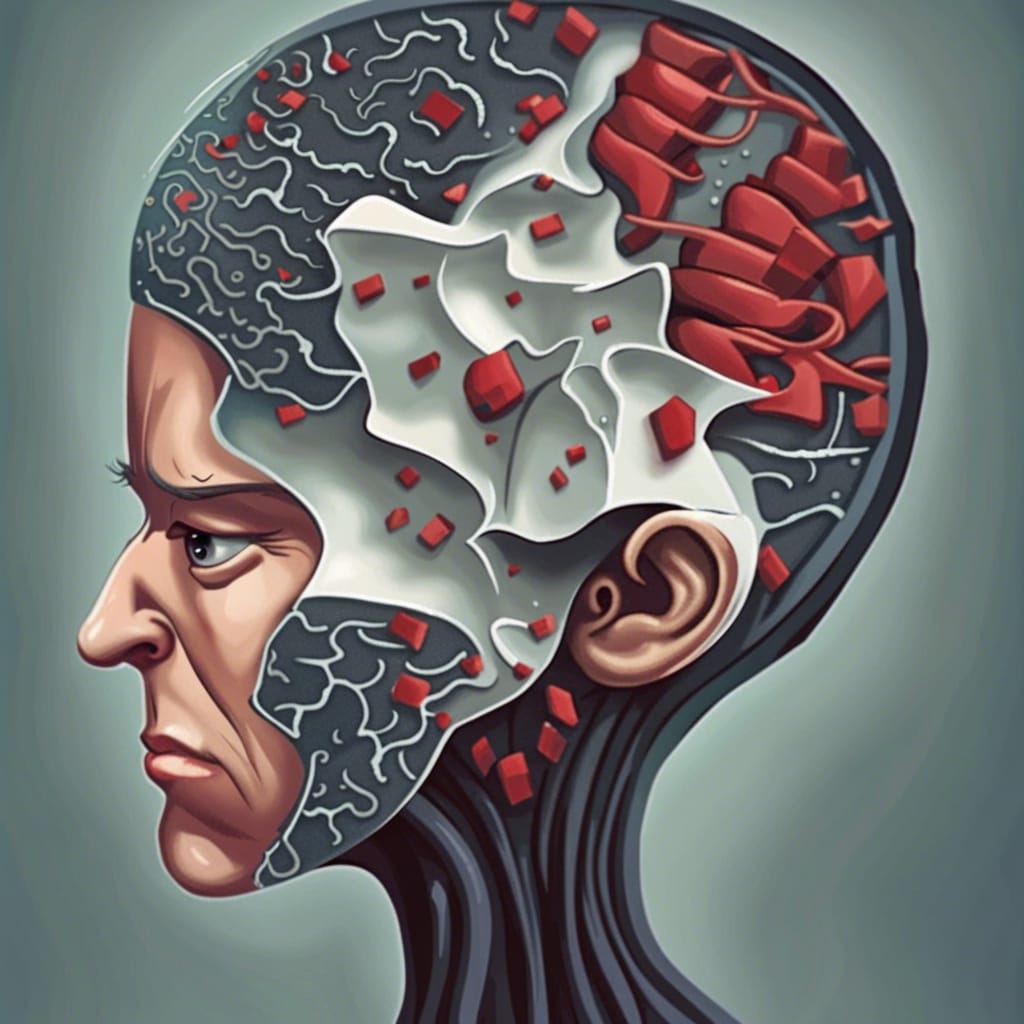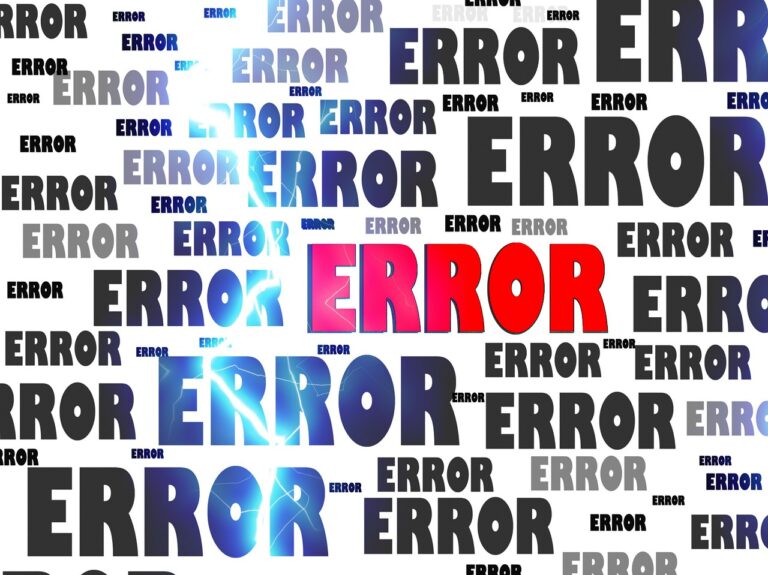
Logic is the study of correct reasoning. This may sound like a dry and academic pursuit, but learning how to think logically can actually be quite helpful in everyday life. After all, we make decisions based on our reasoning all the time, from what to eat for breakfast to whether or not to get married. So it stands to reason that the better our reasoning skills are, the better our decisions will be.
In this blog post, we’ll take a look at some of the most basic principles of logic vs emotion and how you can apply them in your own life. By the end, you’ll be well on your way to thinking like a philosopher.
😄Emotional Thinking
Emotional thinking is based on feelings and experiences, while logical thinking is based on reason and evidence. In general, emotional thinking is less accurate than logical thinking. However, emotional thinking can sometimes be more efficient, because it can lead to decisions that are based on intuition and feelings.
Pros
There are many situations in which emotional thinking is more accurate than logical thinking. For example, when we are trying to decide whether or not to trust someone, our gut feelings may be more reliable than our rational thoughts. In addition, when we are considering a new opportunity, we may be better off relying on our intuitions rather than carefully analyzing all the facts.
Cons
There are also times when emotional thinking can lead to bad decisions. For instance, if we are feeling angry or afraid, we may make rash decisions that we later regret. It is important to be aware of our emotions and to use logical thinking when making important decisions.
Examples
Some emotional thinking examples are: feeling overwhelmed by a situation, feeling like a situation is too much for you to handle, feeling like you’re inadequate in some way, feeling panicked or stressed, and feeling like you can’t do anything right.
Logical Thinking Pros
When it comes to making decisions, employing logic can be very helpful. This is because logic can be used to evaluate evidence and data in order to determine what is most likely to be true or false. Additionally, logic can be used to identify any mistakes or inconsistencies in an argument. By using logic, people can make sound decisions based on evidence and reasoning, rather than emotions or hunches.
Logic can also be useful for solving problems. This is because logic can be used to break down a problem into smaller, more manageable pieces. Additionally, logic can be used to identify any patterns or connections that may be present in a problem. By using logic, people can often find creative solutions to problems that they may not have otherwise considered.
Cons
While there are many advantages to using logic, there are also some disadvantages. One of the main disadvantages of using logic is that it can be quite rigid and inflexible. This means that people who are using logic may have difficulty thinking outside of the box or considering alternative perspectives. Additionally, logic can be difficult to learn and use effectively. This is because it requires a great deal of critical thinking and practice in order to master. Finally, using logic can be quite time-consuming. This is because it often requires people to gather and analyze a lot of data before reaching a conclusion.
The Principle of Non-Contradiction
One of the most fundamental principles of logic is the principle of non-contradiction, which states that a thing cannot be both true and false at the same time and in the same respect. This may seem like a no-brainer, but it’s actually more complicated than it seems.
For example, let’s say you’re trying to decide whether or not to buy a new car. You might reason as follows: “I really want a new car, but I can’t afford it right now.” On the surface, this doesn’t seem like a contradiction—after all, it’s possible to want something that you can’t have. But if you think about it a little more deeply, you’ll realize that there’s a contradiction here after all. If you really want something, then by definition you must be able to afford it; otherwise, you wouldn’t really want it!
So next time you find yourself caught up in apparent contradictions like this, take another look and see if there’s a way to resolve them. More often than not, you’ll find that there is—and resolving contradictions is one of the most powerful tools in any thinker’s toolbox.
The Principle of the Excluded Middle
Another important principle is the principle of the excluded middle, which states that for any proposition, either that proposition is true or its negation is true—but not both. In other words, there are only two possibilities: either X is true or X is not true. There is no middle ground.
This may seem pretty obvious at first glance, but it can actually be quite helpful when trying to figure out complex problems. For example, imagine you’re trying again trying to decide whether or not to buy that new car. You might reason as follows: “I can’t decide whether or not to buy a new car because I don’t know if I can afford it.” But this line of thinking ignores the fact that there are only two possibilities here: either you can afford it or you can’t! There’s no need to agonize over which one is correct; just figure out which one is true and make your decision accordingly.
Of course, sometimes things really are more complicated than they seem at first glance—but in those cases, applying the principle of the excluded middle will still help you focus your thinking and narrow down your options so that you can make a decision more easily.
More Examples Of Logical Thinking
That being said, there are some ways to make sure that you are using logical thinking when making decisions. Here are a few simple examples:
Consider all the options
When you are faced with a decision, it is important to consider all of your options before making a choice. This means looking at the pros and cons of each option and then choosing the one that is best for you. Sometimes, this can be difficult to do if you are feeling emotional about the situation. However, if you take a step back and look at the facts, it will be easier to make a logical decision.
Be aware of your biases
We all have biases that can distort our view of reality. It is important to be aware of your own biases so that you can take them into account when making decisions. For example, if you know that you have a bias against people who are different from you, then you should try to consider their point of view when making a decision about them. This will help you to be more fair and objective in your thinking.
Question your assumptions
It is easy to make assumptions without realizing it. We often assume things about other people or situations without knowing for sure whether or not they are true. This can lead us astray when making decisions because we may base our choices on false information. Whenever possible, try to question your assumptions and test them against reality. This will help you to make more accurate decisions.
Logical thinking is a powerful tool that we can use to make better decisions in our lives. By considering all the options, being aware of our biases, and questioning our assumptions, we can ensure that we are making choices based on logic rather than emotion. next time you find yourself faced with a decision, use these simple examples of logical thinking to guide your choice-making process.
🪜Conclusion
In general, it is best to use both emotional and logical thinking when making decisions. By considering both our feelings and the evidence, we can arrive at more accurate and well-rounded decisions.
Thinking logically is a valuable skill that everyone can benefit from honing. If you’re just getting started with learning how to think logically, we hope this article and the accompanying examples were helpful in providing a foundation for your understanding. For more information on logical thinking and related topics, be sure to check out our other logic articles. Thanks for reading.




